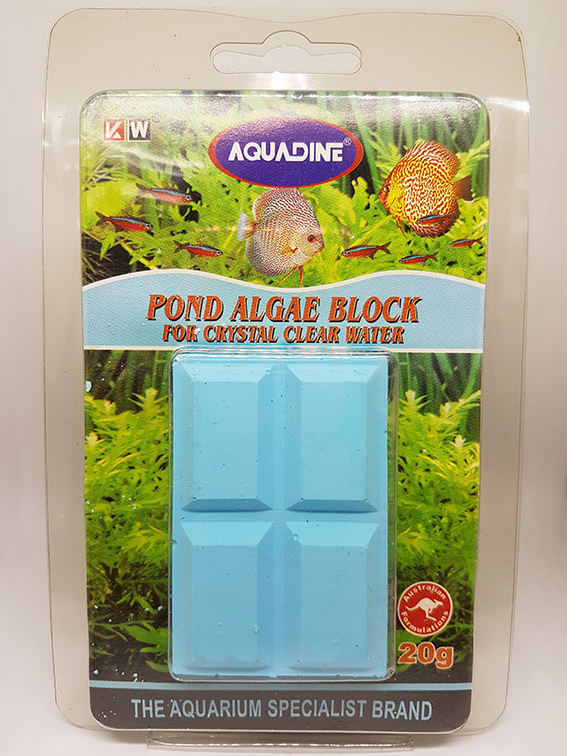

Exceptions are herbivores and omnivores that forage throughout the day, and nocturnal species. In nature, most fish feed in the early morning and at dusk. Water temperature regulates fishes' metabolisms and influences how often and how much they need to be fed. Small active fish like danios and newly hatched fry have higher metabolic rates and should be fed frequently, especially when kept at warmer temperatures. Herbivores forage throughout the day, so they should be fed more frequently, however, only small quantities at a time. Larger, more sedentary fish can go longer between meals than smaller, more active fish. Some hobbyists even fast their fish one or two days a week to allow them to clear their digestive systems. Most, and other bottom feeders do best on sinking tablets, wafers and pellet foods.įor the most part, feeding your fish once or twice a day is sufficient. Soaking dried foods or "swishing" them at the surface will help them drop faster for mid-water feeders. Flakes and some pellet foods typically linger at the surface for a minute or two before beginning a slow descent to the bottom, making them good choices for surface and mid-water feeders. These fish may need to be target fed, meaning directing food right to them. Most fish will learn to take food wherever it's available, but shy fish may wait until food drifts into their "safe zone". Remove any food that remains after five minutes with a siphon hose or net.Īnother consideration is what part of the water column your fish feed in. It won't take long to figure out how much food to give them at each feeding. If it is completely consumed in less than 2 minutes, give them a little more. When in doubt, start with a tiny quantity and observe how fast your fish consume it. A general rule of thumb is to feed only what your fish can consume in 2 to 3 minutes. It's always best to underfeed, especially in new aquariums, as uneaten food can cloud your water and cause dangerous rises in ammonia and nitrite levels. Drop a little food at the surface for top feeders and gently squirt some lower into the water column for mid-water and bottom feeders. When feeding frozen foods, dispense food a little at a time using a turkey baster or large syringe to make sure everyone gets some. Uneaten food will quickly pollute your aquarium. In other words, large predatory fish will usually show no interest in small flake crumbles, and small fish like Neon Tetras can't fit large pellets into their mouths.

The size of the food you feed should match the size of your fishes' mouths. Variety is important regardless of what types of fish you keep, as even carnivores benefit from some plant matter in their diet, and vice versa. If you keep both types of fish in your aquarium, as many aquarists do, alternate feedings of meat protein and plant-based foods to keep everyone happy and healthy. For example, livebearers are largely herbivores, while tetras are more carnivorous. Are they herbivores, carnivores or omnivores? Most aquarists keep a variety of species in their aquariums, so offering a combination of different foods is best. It's important to know what your fish eat in nature and feed accordingly. This is because they are less likely to catch food every day in nature, and their aquarium feeding schedule should match that. This could explain why aquarium fish readily accept food anytime it's offered they don't know when their next meal will be!Ĭarnivorous fish eat less frequently. Predators and specialized feeders eat more when food is abundant, but when it isn't several days may pass between meals. Omnivorous fish have it best because they have many more options for suitable food items. Herbivorous fish tend to forage throughout the day because it takes a lot more plant material to satisfy their nutritional needs than the amount of meat protein for carnivores. Here are some tips to help provide the best possible feeding program for your fish: How often and how much they eat depends on their dietary preferences, their appetite and availability of food. What do I feed my fish, how much should I feed them, and how often? In nature, what fish eat depends on whether they're herbivores (plant eaters), carnivores (meat eaters) or omnivores (both).

Often times the first questions aquarists ask, especially those who are new to the hobby, are about feeding.


 0 kommentar(er)
0 kommentar(er)
